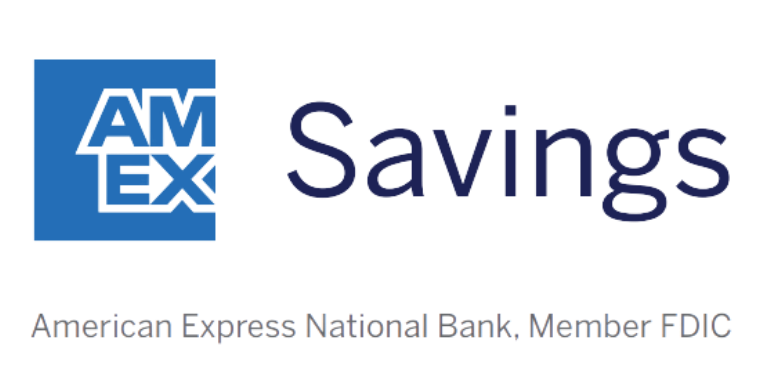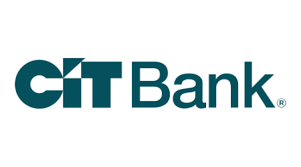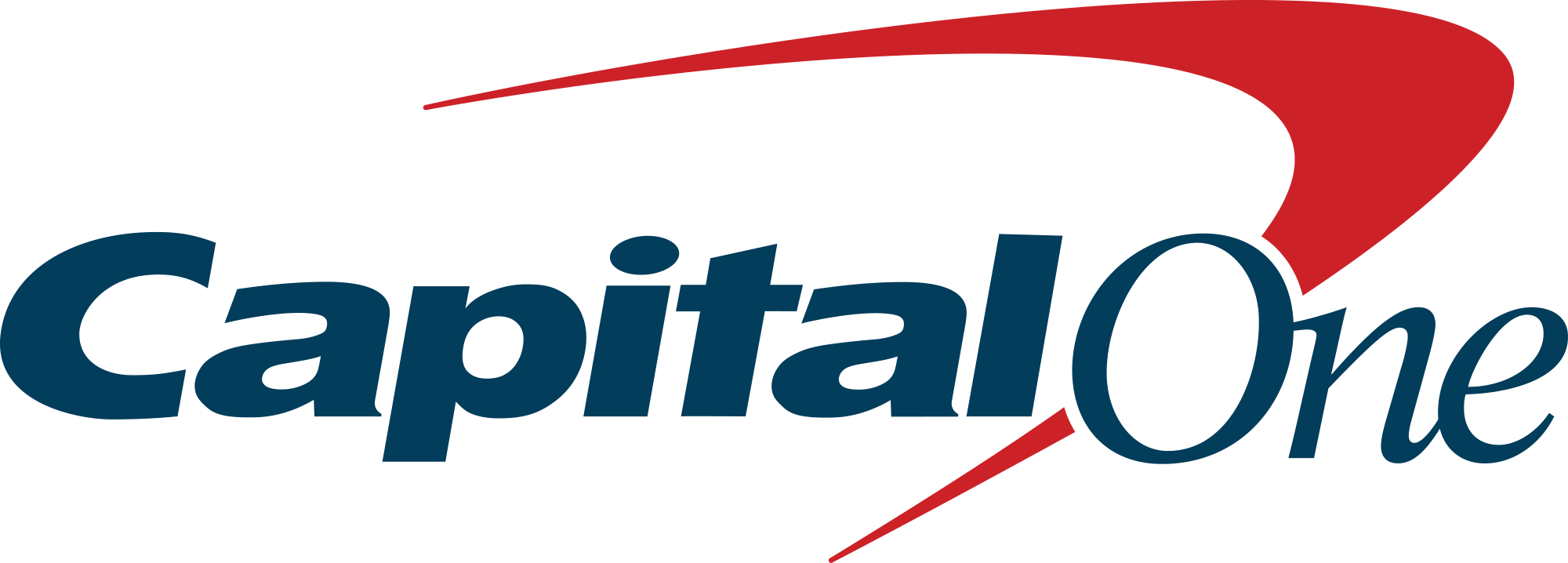Why This One Savings Tip Will Transform the Way You Spend Your Money
KEY POINTS
- Saving money can be difficult, especially if you elect to just save whatever's left after you pay bills and make discretionary purchases.
- Get into the mindset of paying yourself first -- treat savings contributions as a bill, and take them right off the top of your paychecks.
- Automating savings transfers can help if you want to fund your goals without having to think about it and not risk overspending and being left without money to save.
If you have big financial goals (such as saving for retirement, buying a home, or paying for your kids' education), it's important to prioritize them if you want to have any hope of actually achieving them. It's also worth creating an emergency fund, to give yourself a pool of cash savings for unplanned bills and surprise expenses.
Unfortunately, that's sometimes easier said than done, especially if you don't earn a high salary and most of your paycheck is eaten up by bills and other expenses. By the time all is said and done and you've paid your creditors, you might be left with precious little left in your checking account to actually save. What's the solution? Paying yourself first.
Wait, what? How do you pay yourself first?
When you get paid, make your savings deduction your first move. Many people get paid on a regular basis and in predictable amounts -- at least, if you're a salaried employee and not a freelancer or small business owner. If you don't get paid as predictably, you can still pay yourself first. I do this every time I get paid as a freelancer.
For example, I know I have to put aside a certain percentage of my earnings to cover freelance quarterly estimated taxes, and I also have a dollar amount that I take out to meet my own savings goals (currently, saving to buy a house and cover expenses for an upcoming vacation). I treat these costs as bills and transfer the money to cover them right to my savings account every time I get paid, BEFORE I pay anything else.
Our Picks for the Best High-Yield Savings Accounts of 2025
| Product | APY | Min. to Earn | |

American Express® High Yield Savings
Member FDIC.
APY
3.70%
Rate info
3.70% annual percentage yield as of April 8, 2025. Terms apply.
Min. to earn
$0
Open Account for American Express® High Yield Savings
On American Express's Secure Website. |
3.70%
Rate info
3.70% annual percentage yield as of April 8, 2025. Terms apply.
|
$0
|
Open Account for American Express® High Yield Savings
On American Express's Secure Website. |

CIT Platinum Savings
Member FDIC.
APY
4.10% APY for balances of $5,000 or more
Rate info
4.10% APY for balances of $5,000 or more; otherwise, 0.25% APY
Min. to earn
$100 to open account, $5,000+ for max APY
Open Account for CIT Platinum Savings
On CIT's Secure Website. |
4.10% APY for balances of $5,000 or more
Rate info
4.10% APY for balances of $5,000 or more; otherwise, 0.25% APY
|
$100 to open account, $5,000+ for max APY
|
Open Account for CIT Platinum Savings
On CIT's Secure Website. |

Capital One 360 Performance Savings
Member FDIC.
APY
3.60%
Rate info
See Capital One website for most up-to-date rates. Advertised Annual Percentage Yield (APY) is variable and accurate as of April 8, 2025. Rates are subject to change at any time before or after account opening.
Min. to earn
$0
Open Account for Capital One 360 Performance Savings
On Capital One's Secure Website. |
3.60%
Rate info
See Capital One website for most up-to-date rates. Advertised Annual Percentage Yield (APY) is variable and accurate as of April 8, 2025. Rates are subject to change at any time before or after account opening.
|
$0
|
Open Account for Capital One 360 Performance Savings
On Capital One's Secure Website. |
If you treat saving money as an afterthought, you might be more inclined to just wait until the end of the month and set aside whatever's left in your account after all your bills and other expenses are paid. But what if there isn't anything left? You might not save any money at all. So what happens to your goals? They don't get funded.
Automating your savings can help
I really enjoy making those transfers from checking to savings, and I don't mind doing it manually -- which is one reason I haven't automated my savings for taxes and buying a home. But automating savings and retirement account contributions is really helpful for a lot of people.
You can set up an automatic transfer of cash from your checking account to your savings; it's likely an option in your online banking portal or even your bank's mobile app. The bank I keep my main checking account with allows account holders to set up transfers to another account once a week or once a month (among other options), for example.
Your bank likely has similar options, and you might be able to select a specific day that your savings contribution will be transferred. If you get paid on the 1st and 15th of every month, setting up transfers for those specific days will ensure your goals get funded, and you can't accidentally spend the money before it leaves your account.
You can likely set up the same kind of transfer from your checking account to an IRA. If you're eligible to join a 401(k) plan at work, those contributions can also be made directly from your paychecks to the account.
If you struggle to save money for emergencies and future goals, consider paying yourself first (and automating the transfer from checking to savings or a retirement account can help). Waiting until all your bills and other expenses are paid could leave you with little or nothing left to save.
Our Research Expert
We're firm believers in the Golden Rule, which is why editorial opinions are ours alone and have not been previously reviewed, approved, or endorsed by included advertisers. Motley Fool Money does not cover all offers on the market. Motley Fool Money is 100% owned and operated by The Motley Fool. Our knowledgeable team of personal finance editors and analysts are employed by The Motley Fool and held to the same set of publishing standards and editorial integrity while maintaining professional separation from the analysts and editors on other Motley Fool brands. Terms may apply to offers listed on this page. APYs are subject to change at any time without notice.